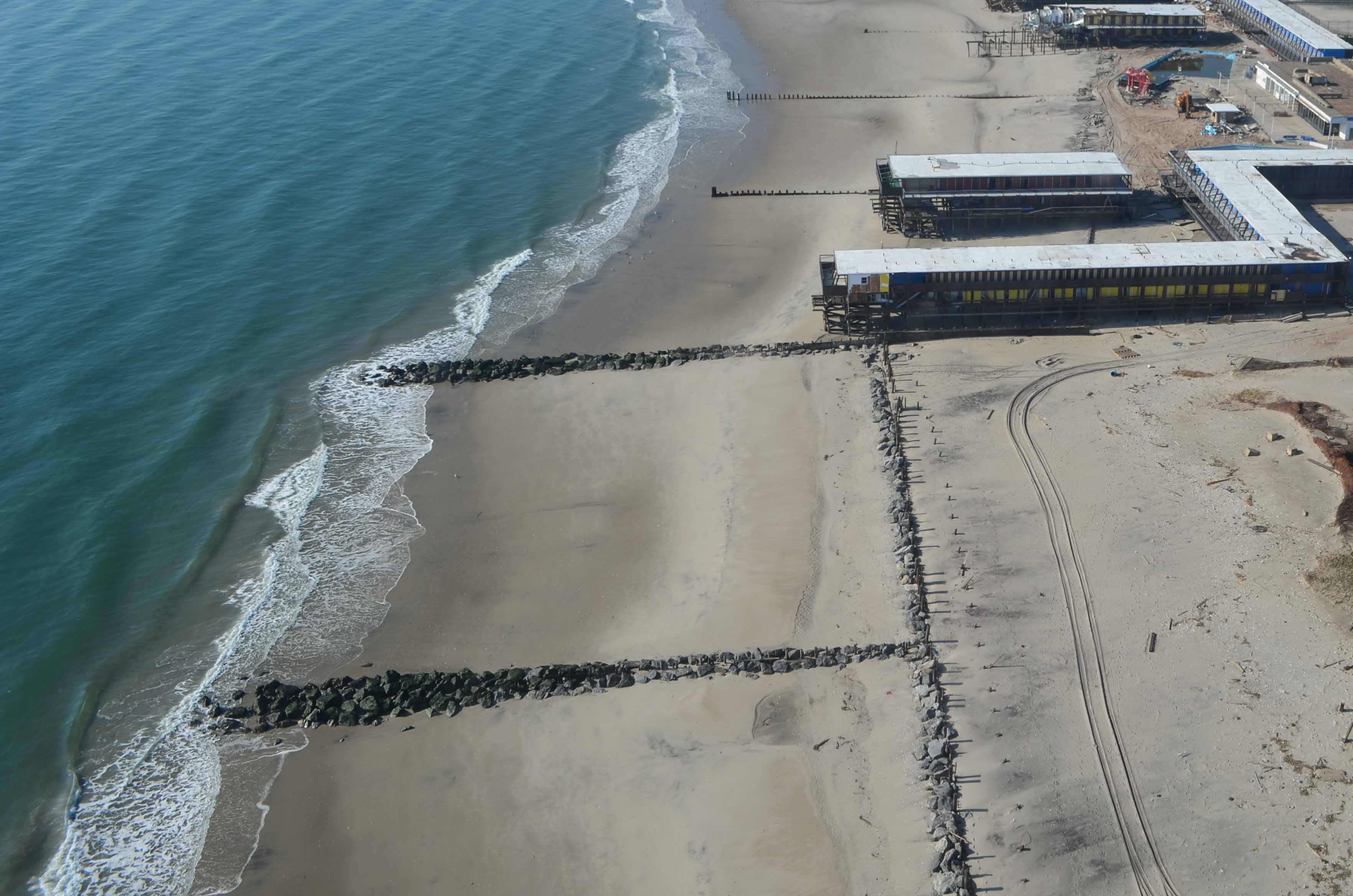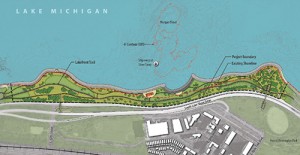Excitement About Shore Protect Team
Table of ContentsGetting The Shore Protect Team To Work8 Simple Techniques For Shore Protect TeamShore Protect Team Things To Know Before You BuyExcitement About Shore Protect TeamA Biased View of Shore Protect TeamShore Protect Team - The FactsThings about Shore Protect Team
Reduction in building value: As the area tourist is affected by disintegration, so then is the economic climate. Customers are less most likely to look for a beach home that can be damaged anytime by the approaching flooding and disintegration emergency situation. Consequently, home value can drop exceptionally and affect the whole region.Whether a coastline is just tiny and crowded or has to shut entirely for the safety of the community and close-by residential or commercial properties, this substantially affects tourism. Subsequently, neighborhood economic climates are influenced (https://github.com/shrprtcttm). Risk of injury: The boosted risk of flooding and structural failures creates a boosted threat of injury to nearby visitors and area members

is home to greater than 84,240 miles of coastline with 41% of it revealed to the open sea. Coastal designers supervise of safeguarding the coast against changes by reducing the destructive effects of both natural and synthetic events. Coastline stabilization is straight pertaining to their work. Beachfront resorts: Because shoreline disintegration impacts tourist, it impacts the success of waterside hotels.
Shore Protect Team for Beginners
This eventually leads to closures and deserted beachfront buildings. Coastal commercial companies: No travelers suggests no organization. For those businesses satisfying residents, their home is at risk of damage from erosion and flooding. Coastal state parks: State parks that exist along coastlines are at threat of damage. Not just to the manmade structures and homes on website, but likewise to the all-natural communities that exist within.
Soft stablizing is a much better option for the environment and more sustainable overall. Tough stabilization uses manufactured frameworks as protection to regulate erosion. Typically, these frameworks are set up at best angles or alongside quit sand activity and decrease the force of waves. Most kinds of tough stabilization like seawalls and sheet steel are not suitable for shoreline stabilization.
A Biased View of Shore Protect Team
There's also not nearly enough evidence of their performance depending upon the kind of shoreline and neighborhood conditions. Tough stablizing techniques often tend to be more tough to set up and do not match the all-natural aesthetic, protruding like an aching thumb and damaging local ecosystems in lots of circumstances. Beach nutrients is the procedure of including shed sand and sediment back to coastlines after erosion has actually occurred.
TrapBags help in the procedure of coastline nutrients by safeguarding all-natural ecological communities and enabling plants to grow. While this process can be pricey and is not irreversible, the pros tend to exceed the disadvantages. TrapBag obstacles deal lots of properties that make them ideal for coastal and riverbank erosion protection. They're: Eco-friendly: You can utilize native dirt both to border and to load the TrapBags.

The Buzz on Shore Protect Team
They can also be set up without any kind of heavy machinery. Budget friendly: TrapBags are suitable for both little and huge areas of shoreline.
Combined with a high construction cost, this has resulted in raising use of other soft engineering coastal management alternatives such as coastline replenishment. Seawalls are built from various products, many frequently strengthened concrete, stones, steel, or gabions. Other possible building and construction products consist of vinyl, wood, light weight aluminum, fiberglass composite, and naturally degradable sandbags made from hemp and coir. The proper seawall design depends on location-specific elements, consisting of surrounding erosion procedures. There are 3 major kinds of seawalls: upright, rounded, tipped, and piles (see table listed below). A report released by the United Nations Setting Programme (UNEP) suggests that the tidal wave of 26 December 2004 created less damage in the locations where all-natural barriers existed, such as mangroves, coral reefs or coastal vegetation.
All-natural barriers, such as reef and mangrove woodlands, protect against the spread of tidal waves and the flow of coastal waters and reduced the flood and surge of water. A cost-benefit approach is an effective method to identify whether a seawall is appropriate and whether the advantages deserve the expense.
The smart Trick of Shore Protect Team That Nobody is Discussing
A seawall is a fixed function which can contravene the vibrant nature of the coastline and hinder the exchange of sediment in between land and sea. The table listed below sums up some positive and unfavorable impacts of seawalls which can be made use of when contrasting their efficiency with other seaside administration options, such as beach sustenance. [] Advantages and disadvantages of seawalls according to Short (1999) Advantages Negative aspects Long-term service in contrast to soft beach nutrition.

This can trigger beaches to dissipate, making them worthless for coastline goers. Generally, seawalls can be a successful method to manage coastal erosion, but just if they are built well and out of products that can withstand the force of ongoing wave power. Some understanding is required of the seaside procedures and morphodynamics certain to the seawall area.
Things about Shore Protect Team
Incorporated with a high building and construction price, this has actually caused boosting use other soft design coastal management alternatives such as beach replenishment. Seawalls are built from numerous products, many typically reinforced concrete, rocks, steel, or gabions. Other possible building and construction products include vinyl, wood, aluminum, fiberglass composite, and biodegradable sandbags made from hemp and coir. The appropriate seawall design relies on location-specific elements, consisting of surrounding erosion processes. There are three major types of seawalls: vertical, bent, stepped, and piles (see table listed below).
Natural barriers, such as coral reefs and mangrove forests, protect against the spread of tsunamis and the flow of coastal waters and mitigated the flood and rise of water. A cost-benefit technique is a reliable method to determine whether a seawall is ideal and whether the benefits are worth the expenditure.
The 5-Second Trick For Shore Protect Team
A seawall is a static attribute which can conflict with the dynamic nature of the coastline and hinder the exchange of debris between land and sea. Benefits and disadvantages of seawalls according to Short (1999) Advantages Downsides Lengthy term solution in contrast to soft coastline nourishment.

This can trigger coastlines to dissipate, making them worthless for beach goers. Usually, seawalls can be a successful way to regulate seaside disintegration, however just if they are created well and out of materials that can endure the force of ongoing wave power. Some understanding is required of the seaside processes and morphodynamics specific to the seawall location.